(November 9, 2022) The last few decades have seen an exponential increase in the number of Indian-origin people who are actively taking part in US politics. The second-largest immigrant group in the US, the Indian Americans are now holding important public offices, and have emerged as leaders of not just minority ethnic groups in the country, but also people from various spheres of society. As a result, every election in the USA sees a growing number of candidates representing the Indian-American ethnicity.
As the country approaches the midterm elections, Global Indian puts the spotlight on key Indian American politicians in the race.
Rohit (Ro) Khanna, Democrat, California
A lawyer, politician, and author – Ro Khanna dons many hats. Currently, he represents California’s 17th Congressional District, located in the heart of Silicon Valley, and is serving his third term. He sits on the House Agriculture, Armed Services, and Oversight and Reform committees, where he chairs the Environmental Subcommittee.
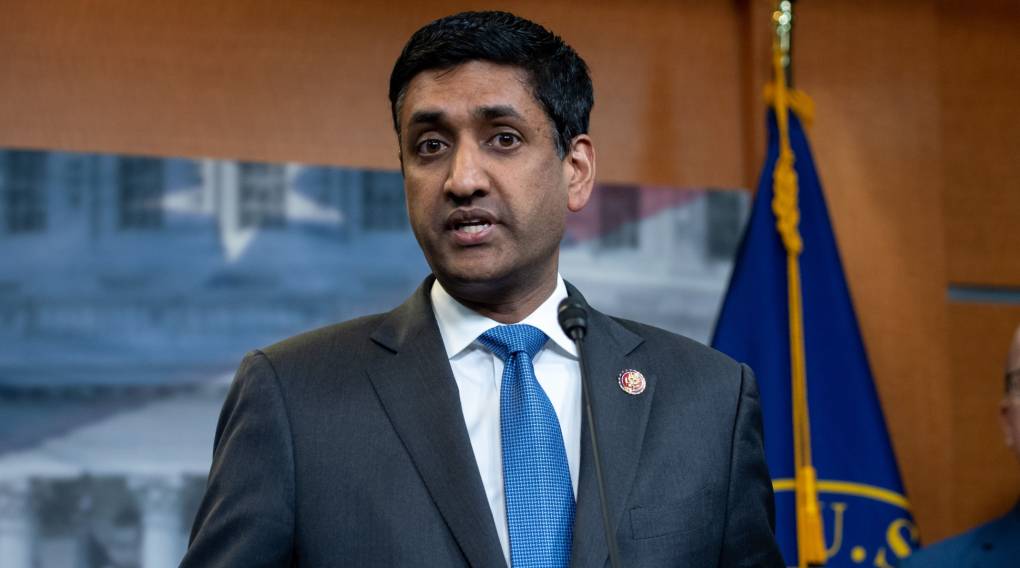
Ro Khanna, politician
An important asset in the Biden government, Ro has worked across the aisle to deliver on legislation to invest in science and technology, create millions of good-paying tech jobs and revitalise American manufacturing and production. He also authored the Endless Frontier Act, which formed the basis for the sweeping CHIPS and Science Act signed into law by President Biden. Committed to using his position to advance a foreign policy of military restraint and diplomatic engagement, Ro is up against another Indian-American politician, Ritesh Tandon.
Manka Dhingra, Democrat, Washington
When she first moved from Bhopal to California, she was just a teenager with big ambitions. Today, Manka Dhingra is the Deputy Majority Leader of the Washington State Senate. In 2017, she became the first Sikh elected to any state legislature in the United States. Since then, she has sponsored and passed legislation addressing a wide range of issue areas, including curbing domestic violence and sexual assault, preventing firearm violence, providing property tax relief for seniors and people with disabilities, prosecuting financial fraud, and reforming the criminal justice system with an evidence-based approach.
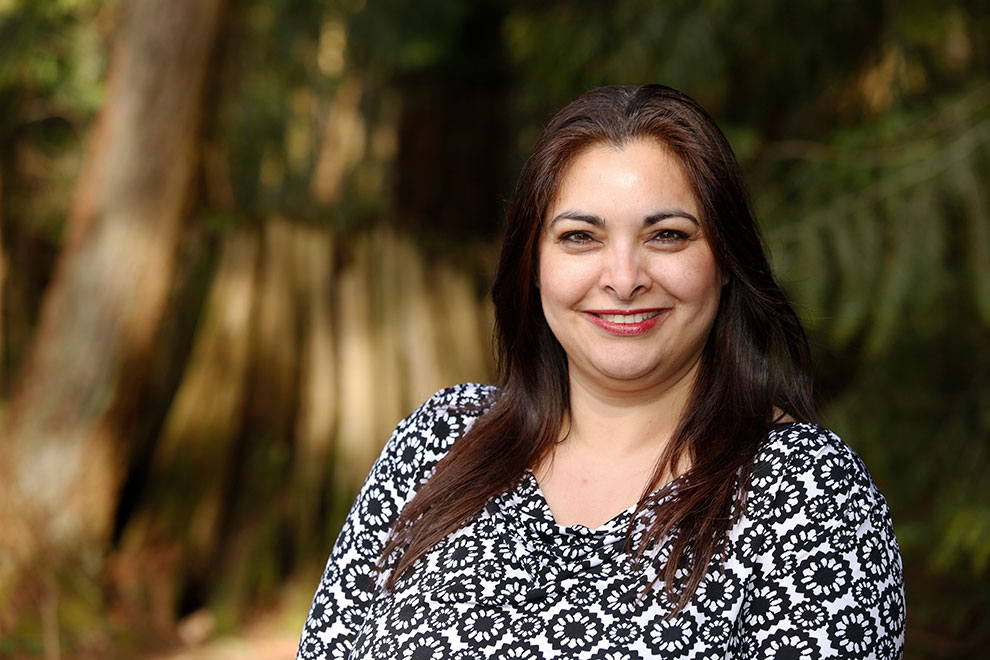
Senator Manka Dhingra
As a member of the Special Committee on Economic Recovery in 2020, she helped the statecraft an economic plan to lead an equitable recovery from the COVID economic downturn. She also serves on several task forces dedicated to reducing poverty, reforming the criminal justice system, improving equity in state government, and providing a sound and fair fiscal footing for the state. The politician is standing against Ryika Hooshangi to win the midterm elections.
Raja Krishnamoorthi, Democrat, Illinois
An India-born American businessman and politician serving as the U.S. representative for Illinois’s 8th congressional district since 2017, Raja Krishnamoorthi is known for his education, skill training, and workforce enhancement policies. His political career started in 2000 when he first worked on Barack Obama’s 2000 election campaign for the United States House of Representatives. He later served as an issues director for Obama’s 2004 campaign and aided in the development of Obama’s 2004 Democratic National Convention keynote address.
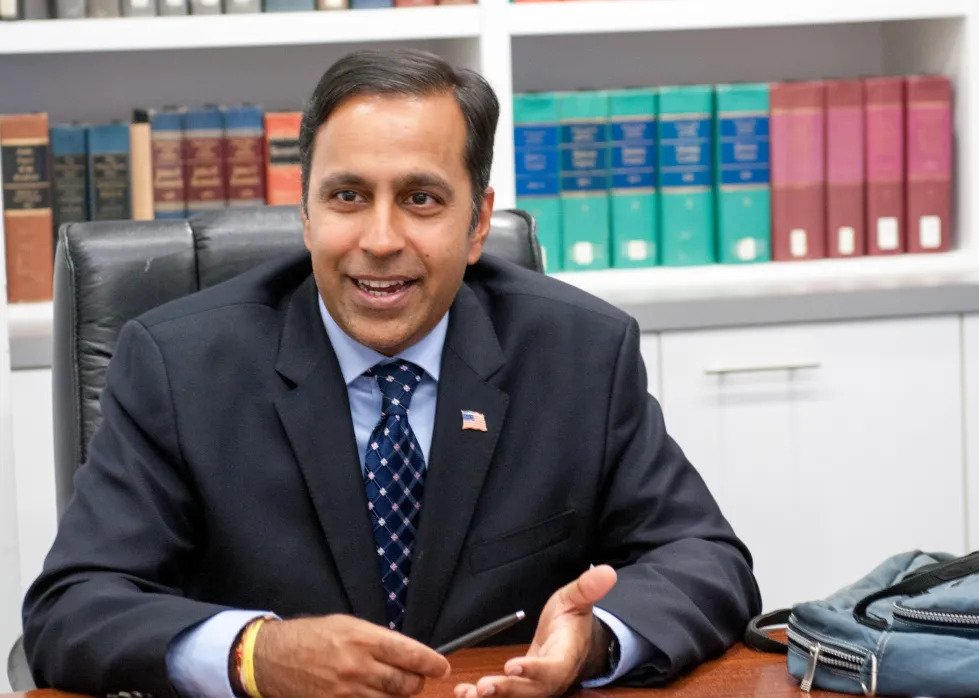
Raja Krishnamoorthi, politician
He first ran for the Democratic Party nomination in 2010, which he, unfortunately, lost to David E. Miller. However, in 2012, 2016, and 2022, the politician won the elections by a heavy margin and is now gearing up to give a tough fight to his Republican opponent, Chris Dargis.
Priya Sundareshan, Democrat, Arizona
The Director of the Natural Resource Use and Management Clinic, Priya Sundareshan was most recently an attorney at the Environmental Defense Fund in Washington, DC, where she advocated for sustainable federal fisheries management in legal and policy issues. A Tucson native, she received her JD and an MS in natural resource economics through the University of Arizona’s dual degree program in Economics, Law, and the Environment.
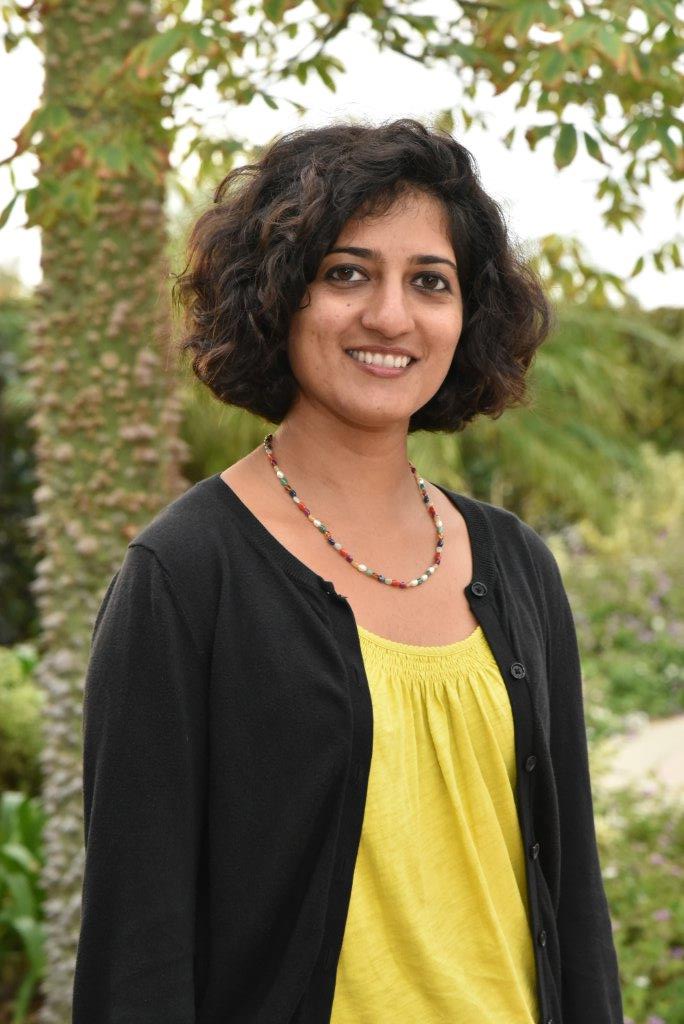
Priya Sundareshan, politician
Even though it is her first major election, the ballot seems to be tilted in her favour, with the early survey showing that about 54.9 percent of people are inclined to vote for her during the midterms, as against 45.1 percent to Republican Stan Caine, who is standing against her.
Om Duggal, Democrat, Georgia
This congressman has been a vocal advocate of several issues plaguing not just America, but almost every country across the globe. From affordable healthcare to protecting women’s rights, and supporting students – Om Duggal has worked on it all.
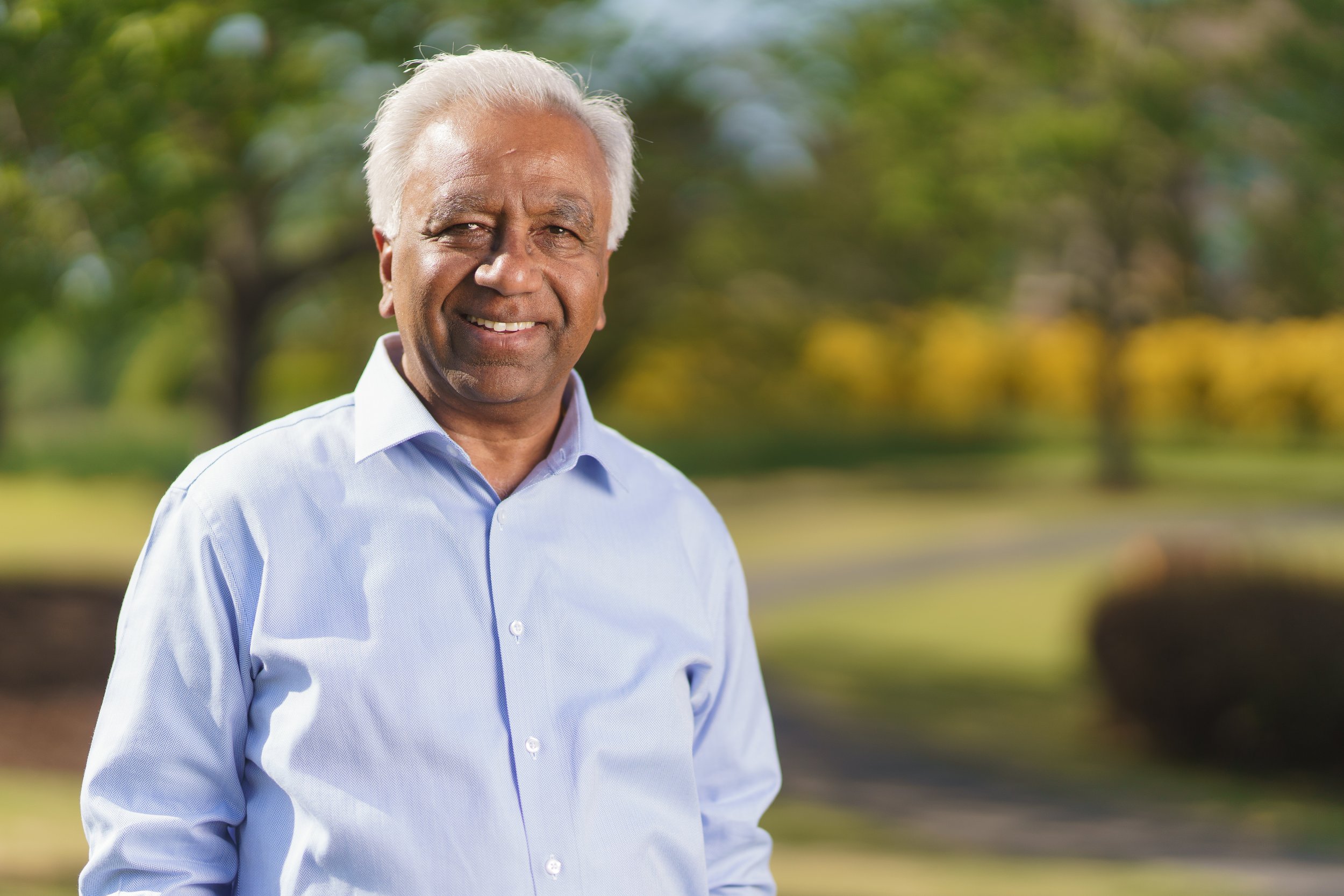
Om Duggal, politician
The New Delhi-born Duggal immigrated to the United States with his family over two decades ago. In 2004, he opened two hotels and was involved in the development of a small residential community in Duluth, Georgia. A few years later, he decided to stand for a local election and won – and there has been no turning back since. As he goes to election against Republican Matt Reeves, Om is working on a non-profit focussed on senior living.

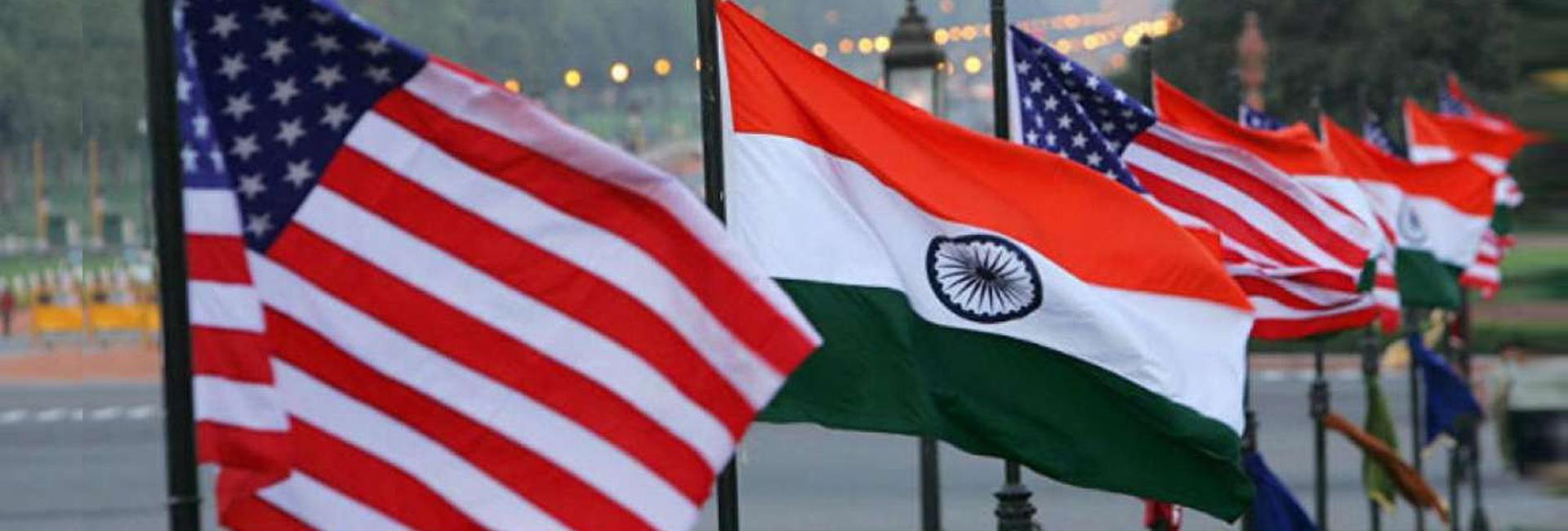
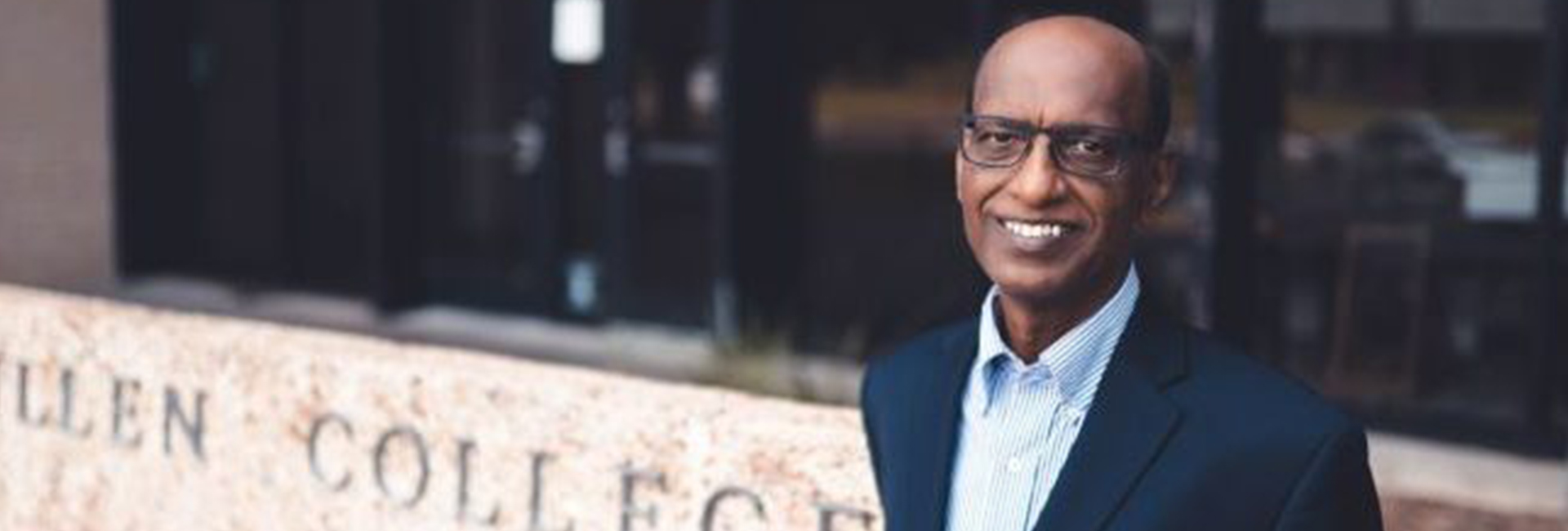
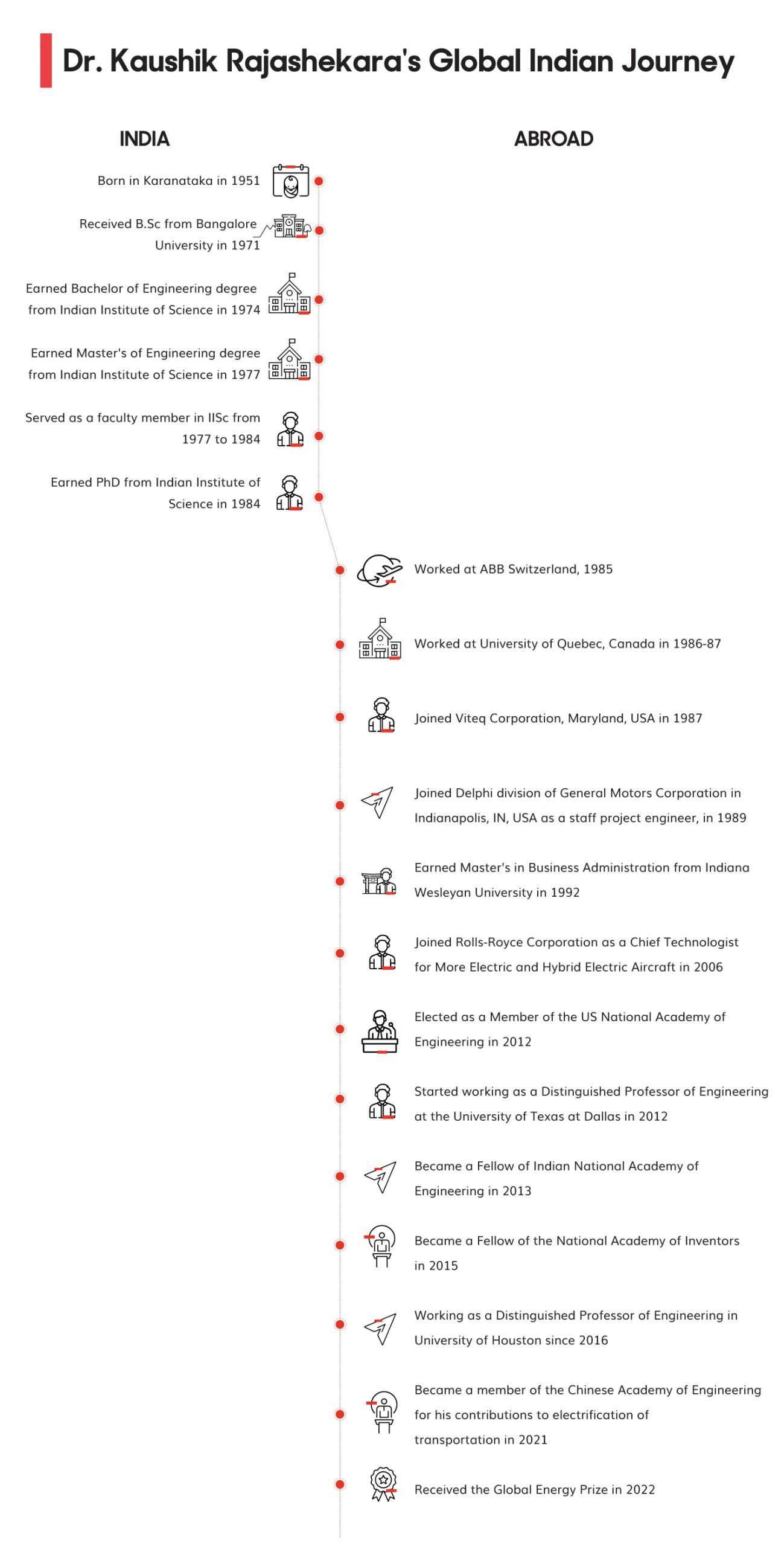
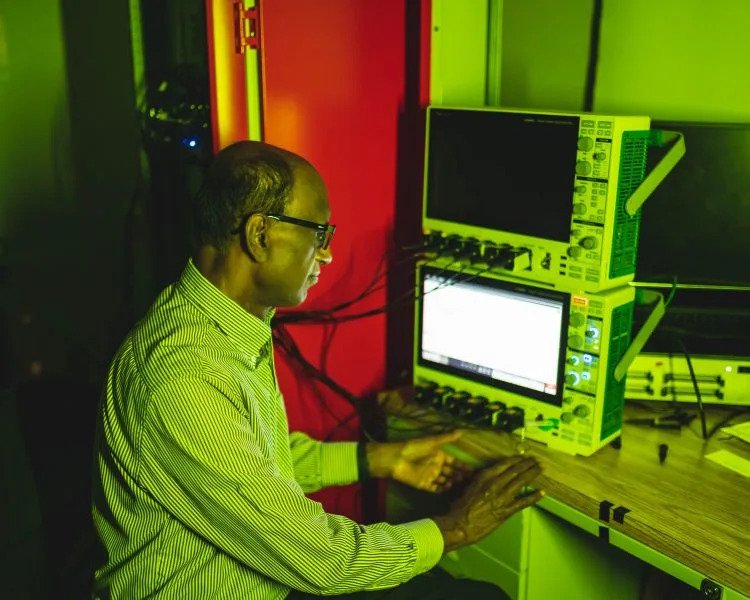
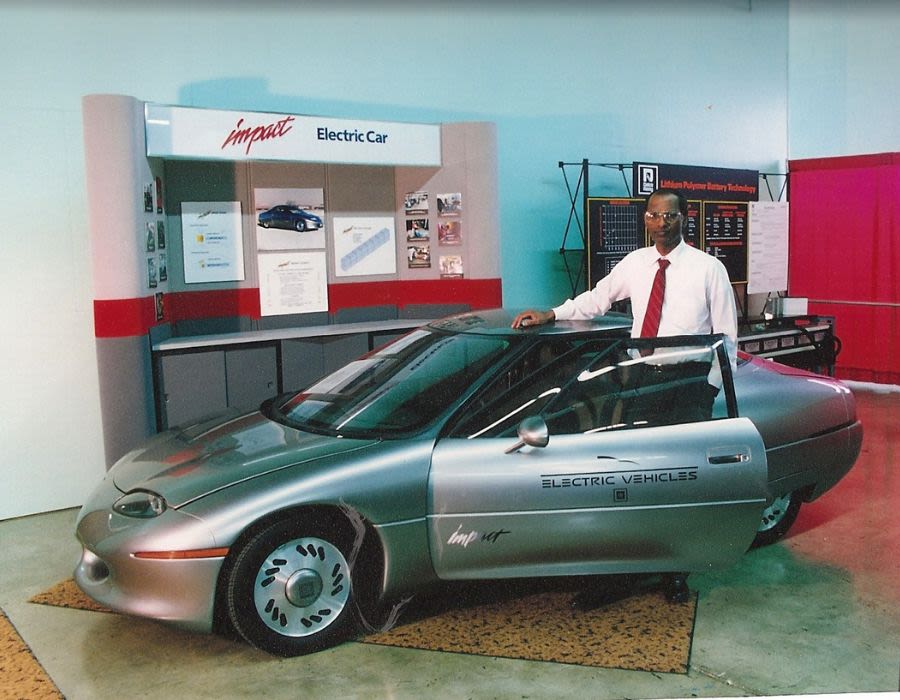 Dr, Rajashekara with GM Impact electric vehicle in 1993[/caption]
Dr, Rajashekara with GM Impact electric vehicle in 1993[/caption]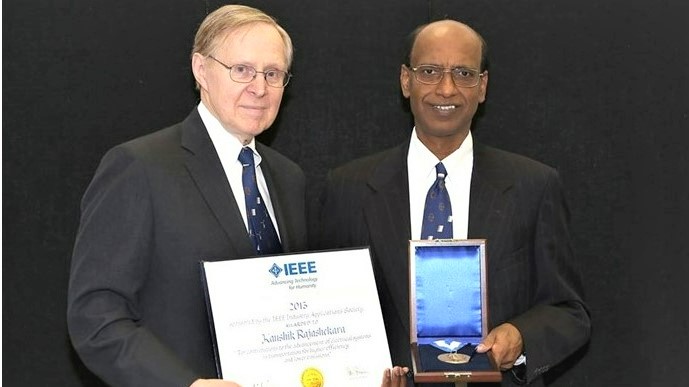 Dr. Rajashekara receiving the prestigious IEEE Kaugmann award from IEEE President, 2013[/caption]
Dr. Rajashekara receiving the prestigious IEEE Kaugmann award from IEEE President, 2013[/caption]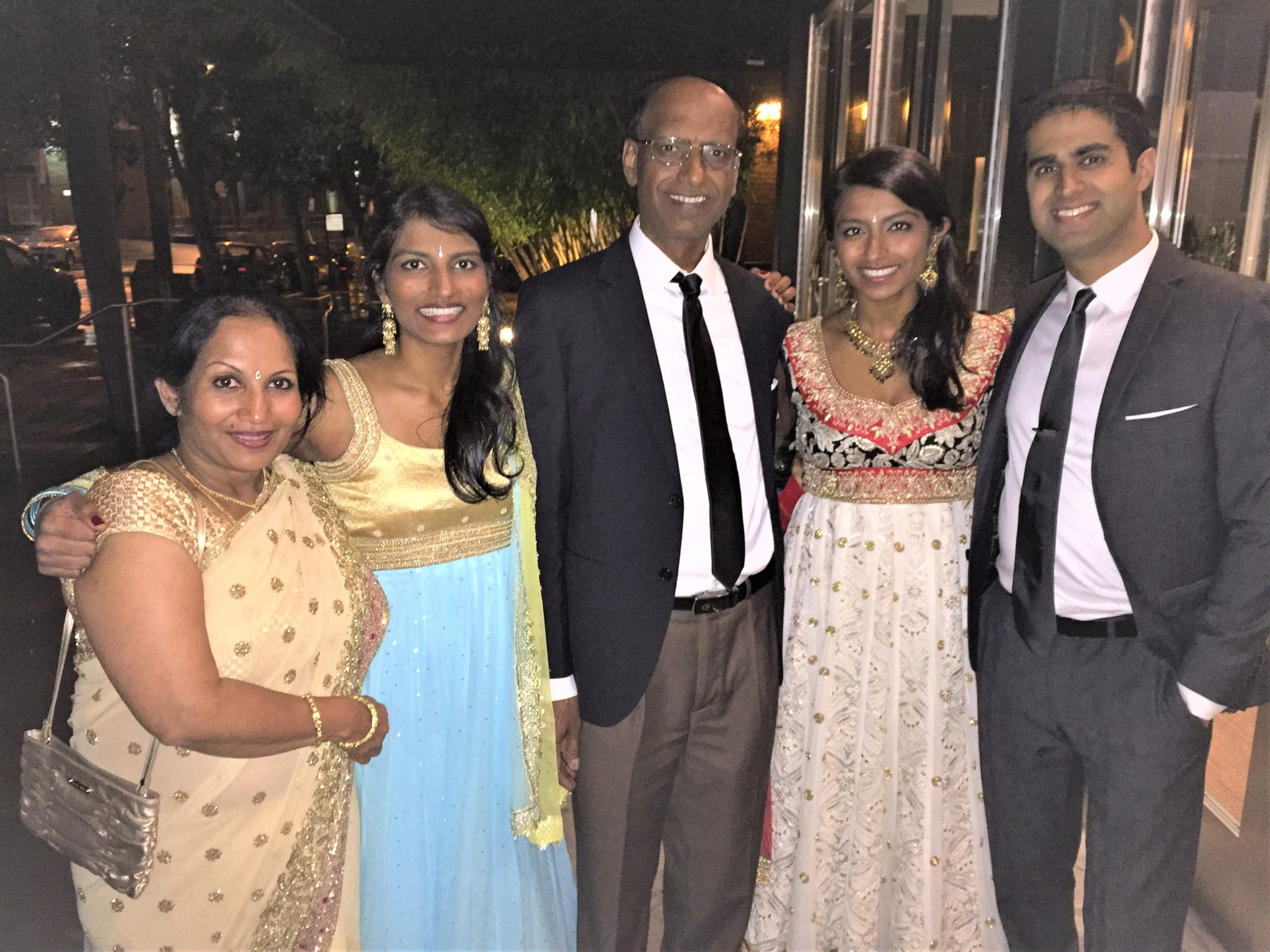 Dr. Rajashekara with his family[/caption]
Dr. Rajashekara with his family[/caption]
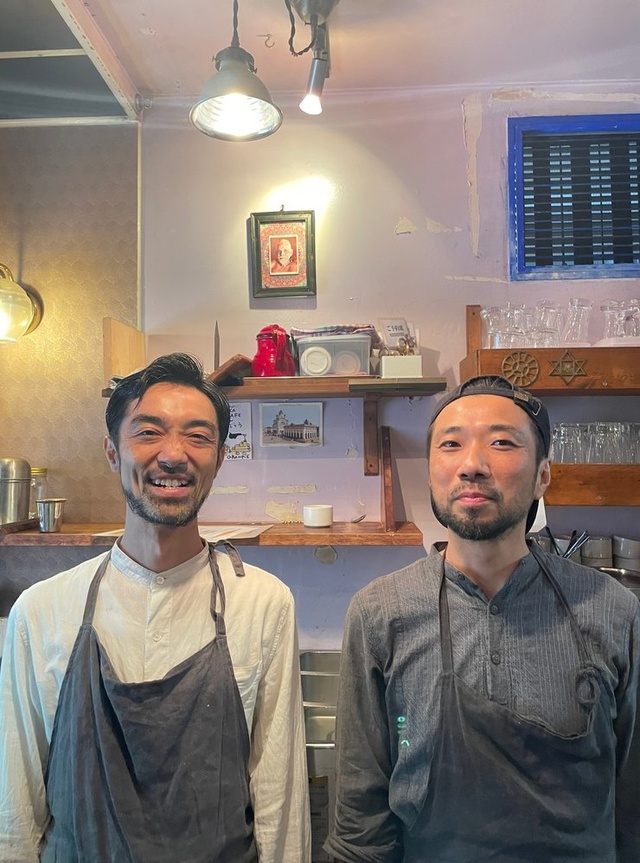 Dai Okonogi at his restaurant Tadka[/caption]
Dai Okonogi at his restaurant Tadka[/caption]
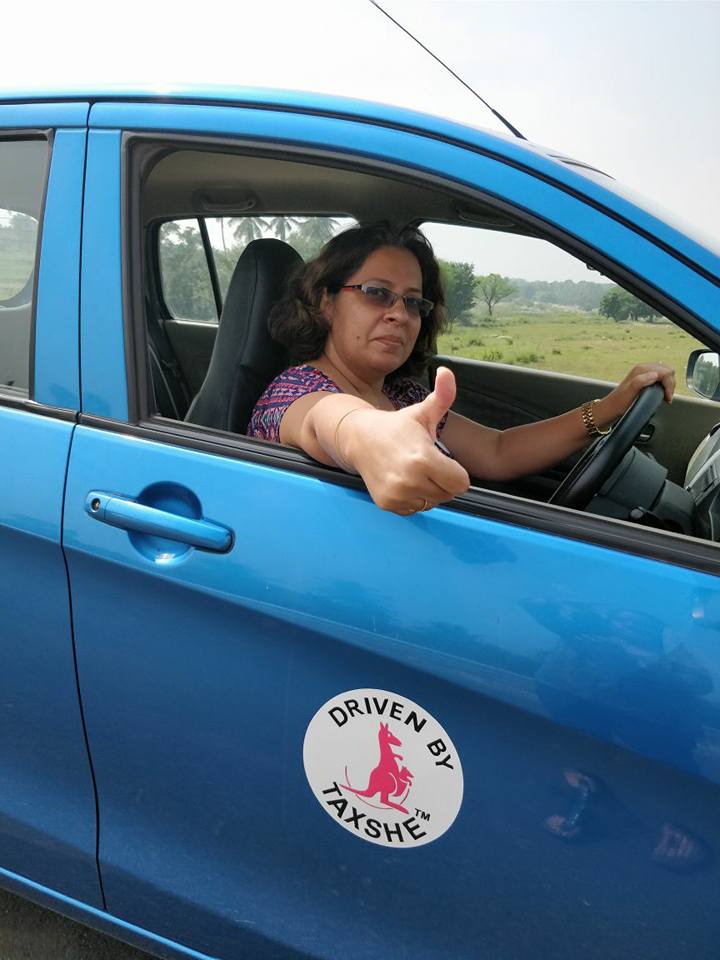
 Vandana Suri with members of the Taxshe team[/caption]
Vandana Suri with members of the Taxshe team[/caption]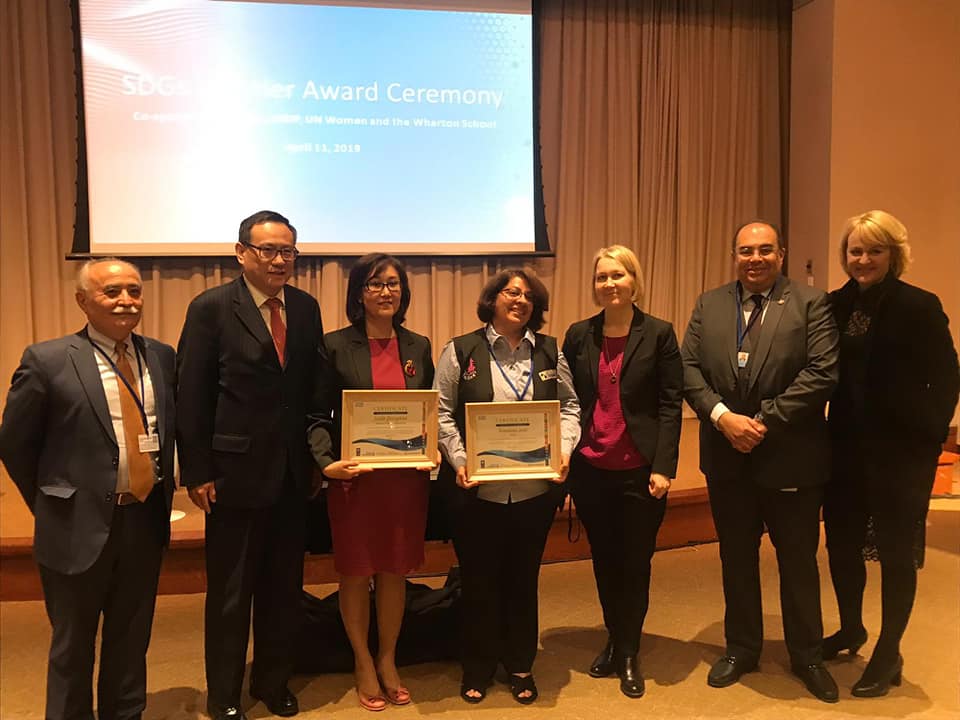 Vandana Suri at the SDG award ceremony[/caption]
Vandana Suri at the SDG award ceremony[/caption]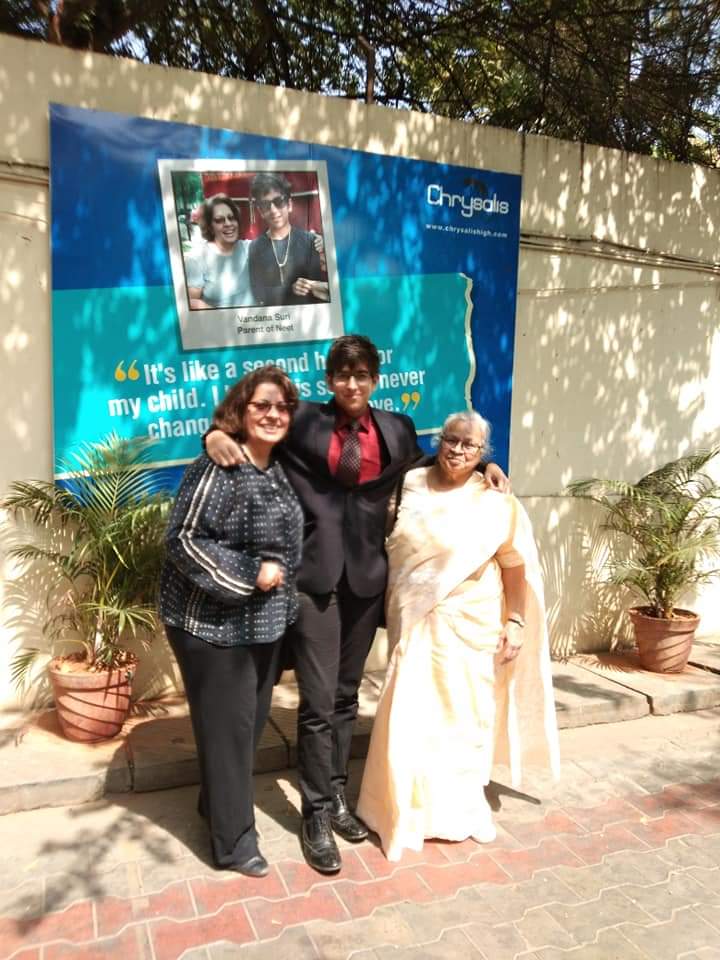 Vandana Suri with her son and mother[/caption]
Vandana Suri with her son and mother[/caption]
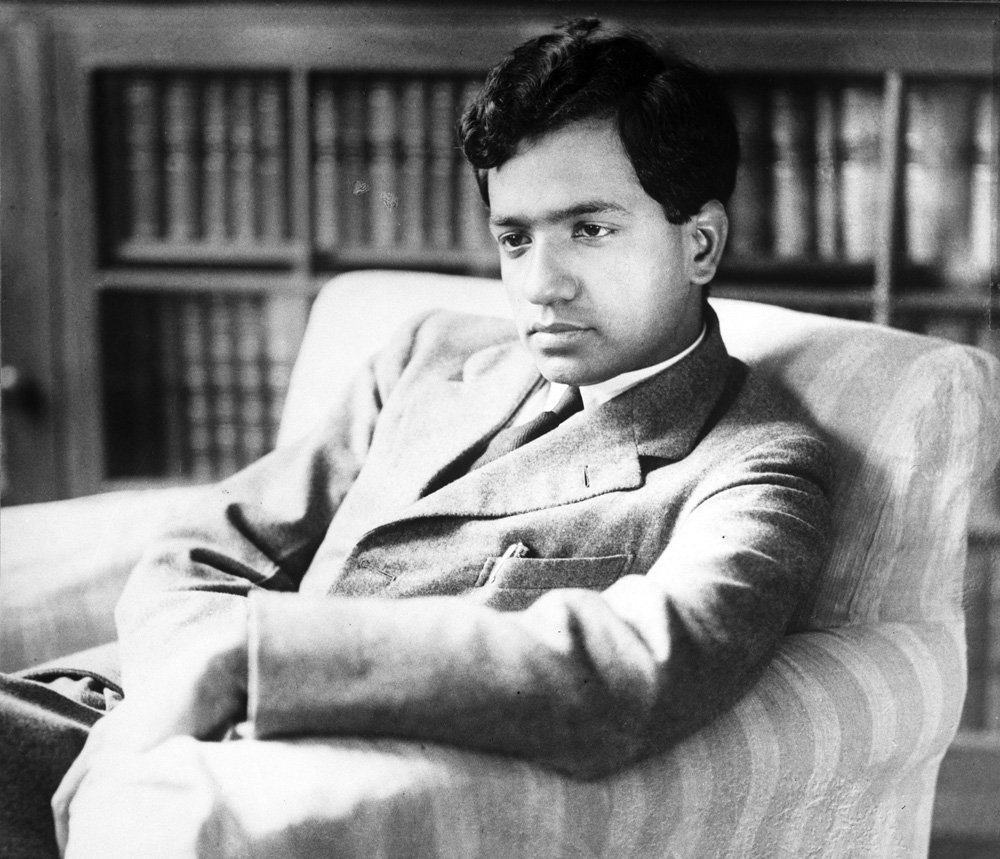 Subrahmanyan Chandrasekhar[/caption]
Subrahmanyan Chandrasekhar[/caption]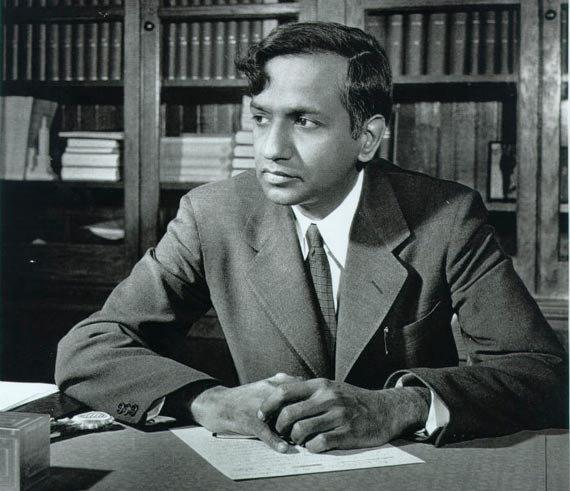
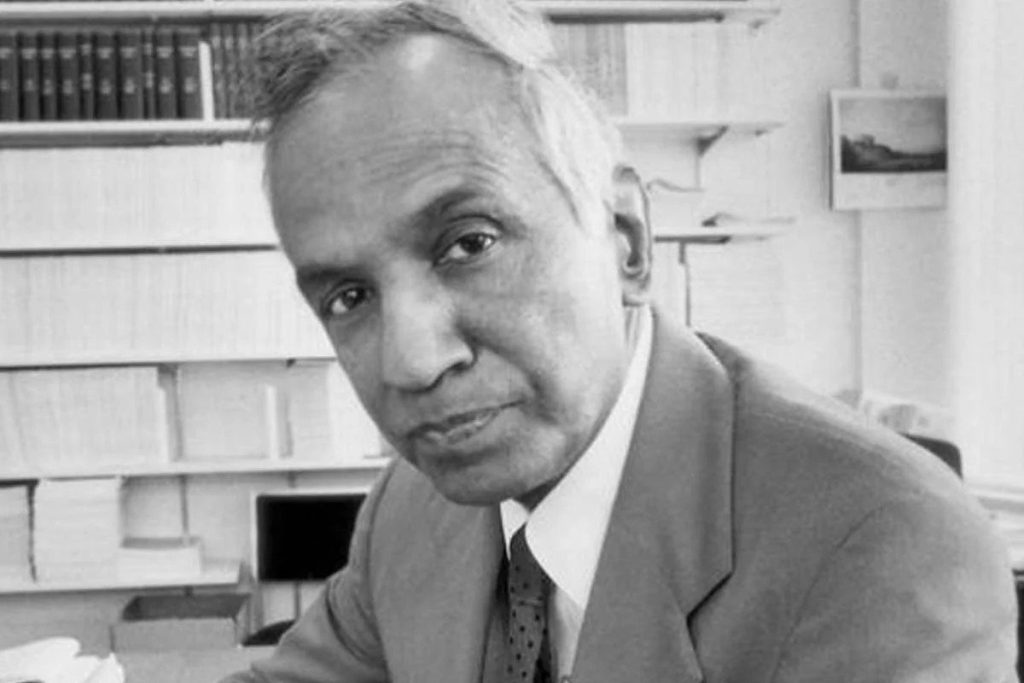
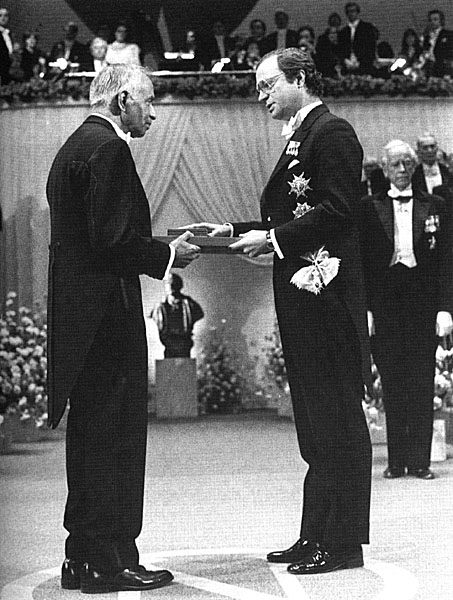

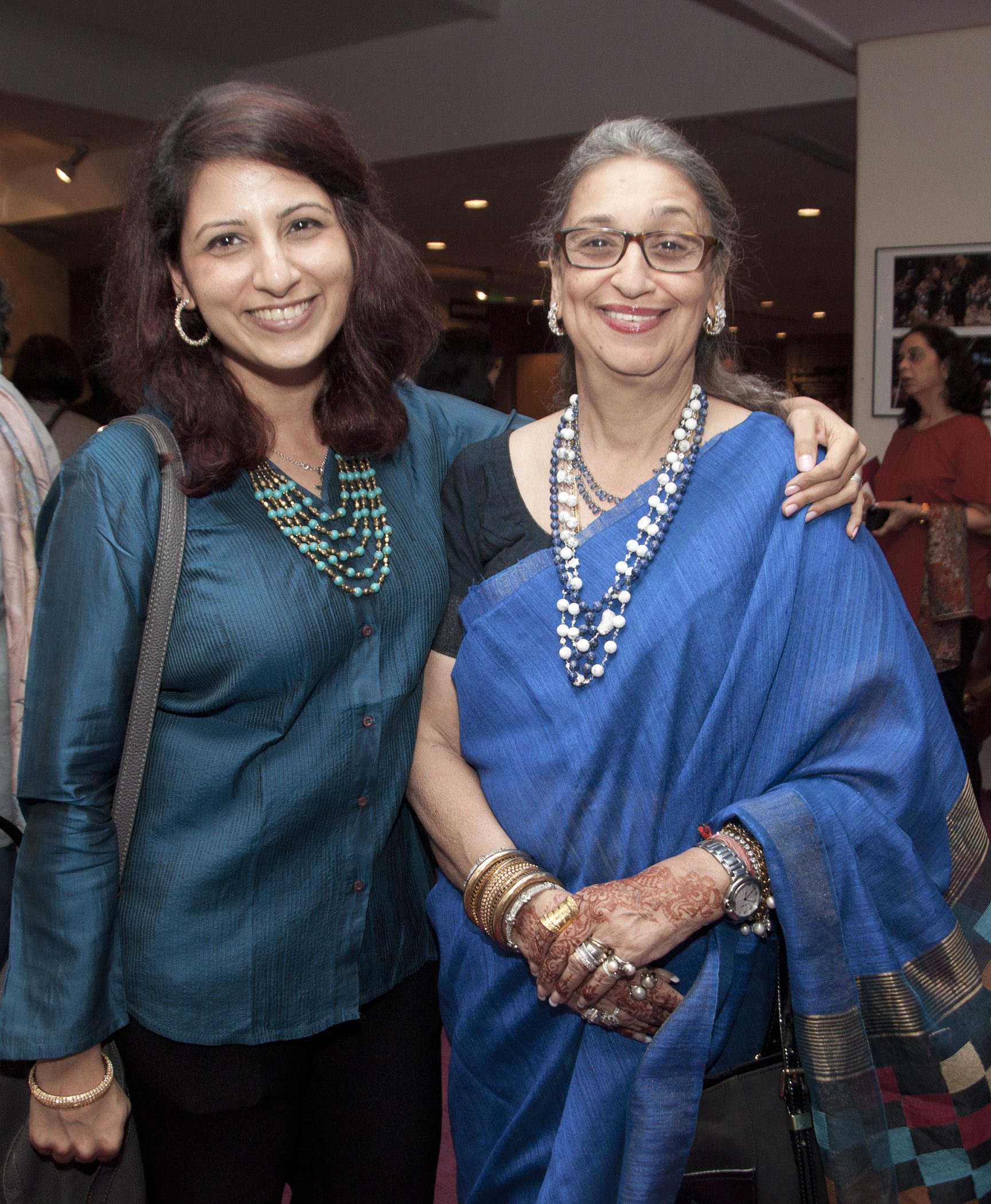 Ashaita and Vera Mahajan[/caption]
Ashaita and Vera Mahajan[/caption]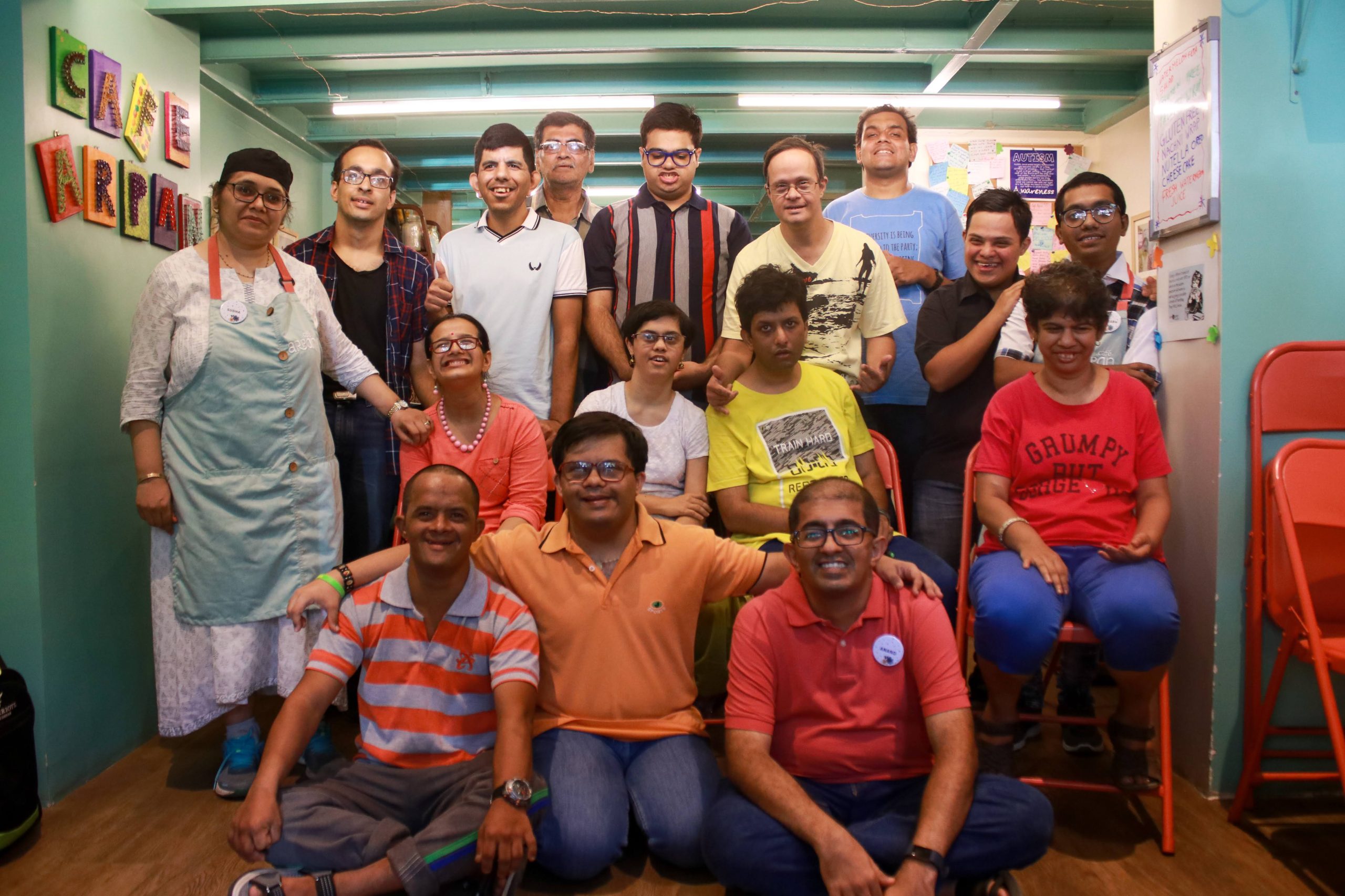 Team Café Arpan[/caption]
Team Café Arpan[/caption]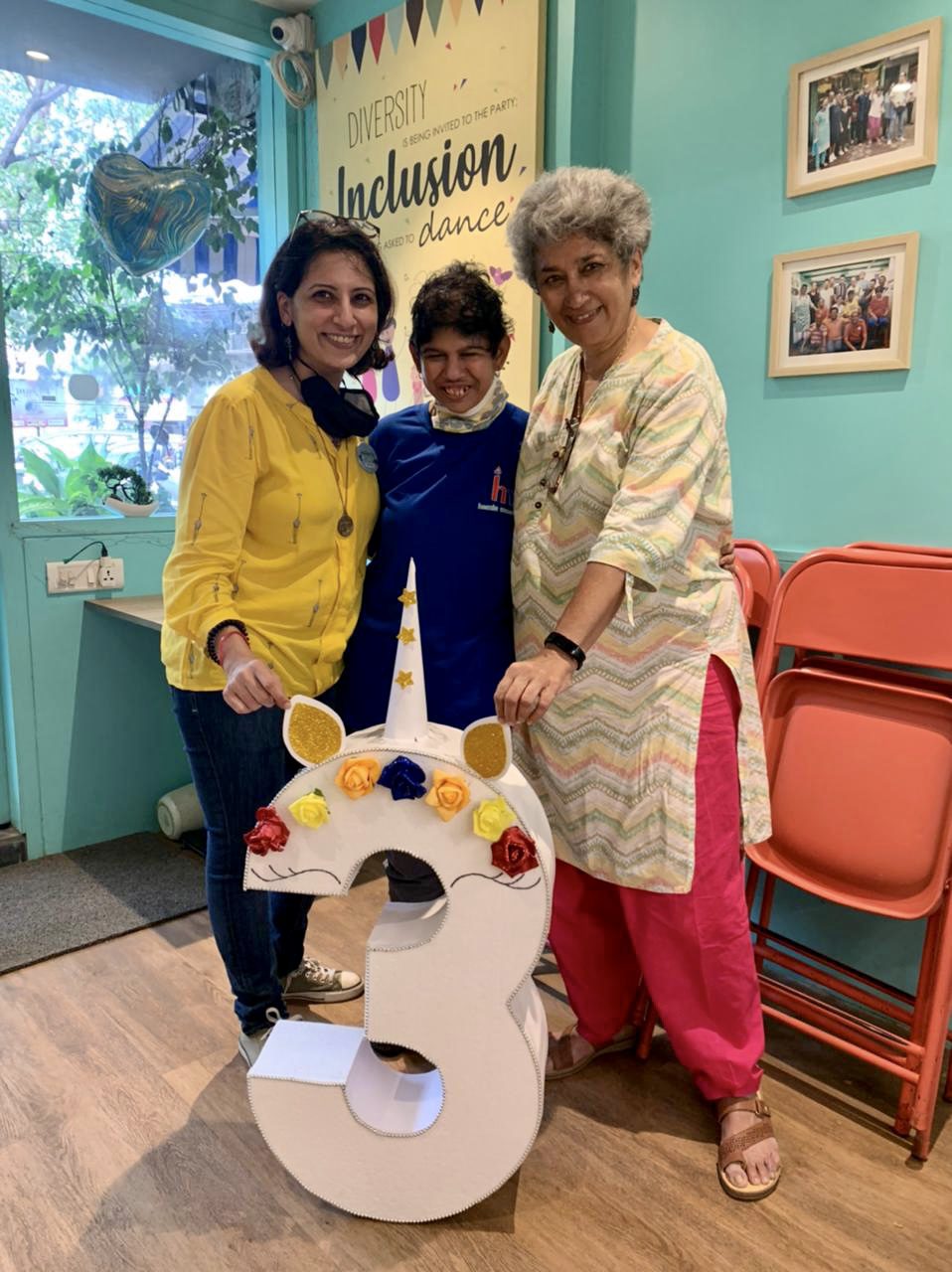 Ashaita with Dr Sushama and Aarti Nagarkar at Café Arpan's third anniversary[/caption]
Ashaita with Dr Sushama and Aarti Nagarkar at Café Arpan's third anniversary[/caption]